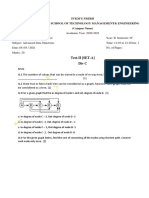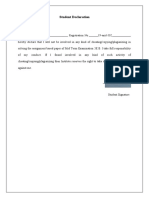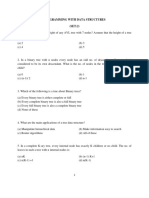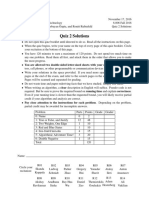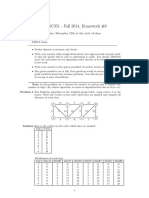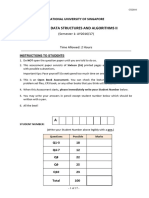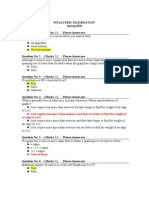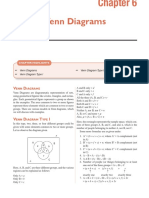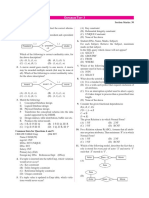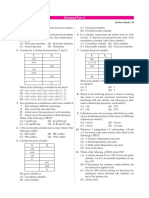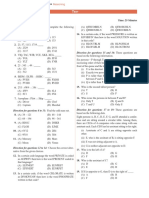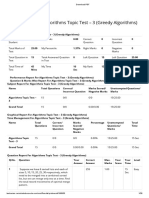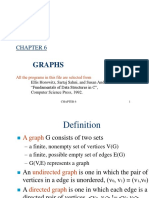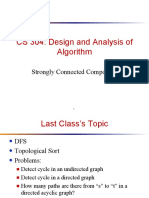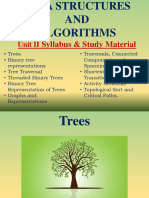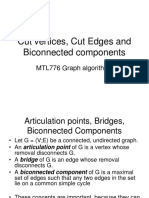0% found this document useful (0 votes)
114 views6 pagesTest 5
This document contains a 25 question algorithms test covering topics like graph theory, tree traversal algorithms, and data structures. Sample questions test knowledge of minimum spanning trees, Dijkstra's algorithm, binary search trees, and strongly connected components. The test contains multiple choice questions to assess understanding of key algorithms concepts.
Uploaded by
AKASH PALCopyright
© © All Rights Reserved
We take content rights seriously. If you suspect this is your content, claim it here.
Available Formats
Download as PDF, TXT or read online on Scribd
0% found this document useful (0 votes)
114 views6 pagesTest 5
This document contains a 25 question algorithms test covering topics like graph theory, tree traversal algorithms, and data structures. Sample questions test knowledge of minimum spanning trees, Dijkstra's algorithm, binary search trees, and strongly connected components. The test contains multiple choice questions to assess understanding of key algorithms concepts.
Uploaded by
AKASH PALCopyright
© © All Rights Reserved
We take content rights seriously. If you suspect this is your content, claim it here.
Available Formats
Download as PDF, TXT or read online on Scribd
/ 6









